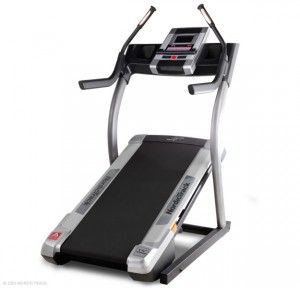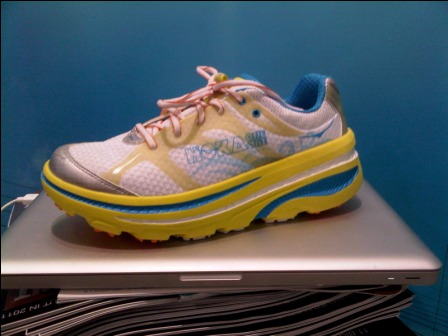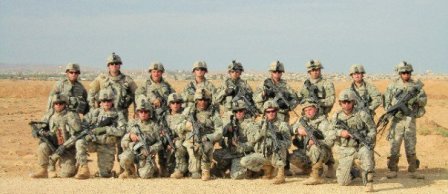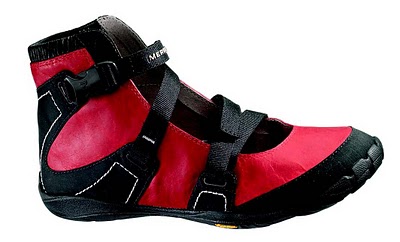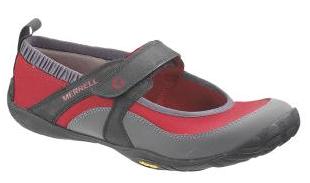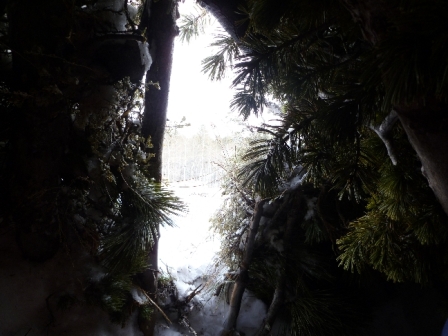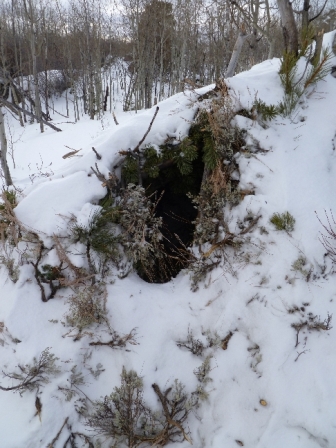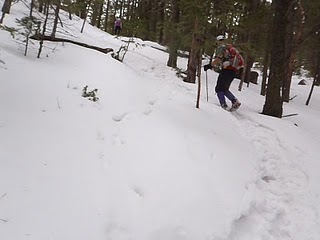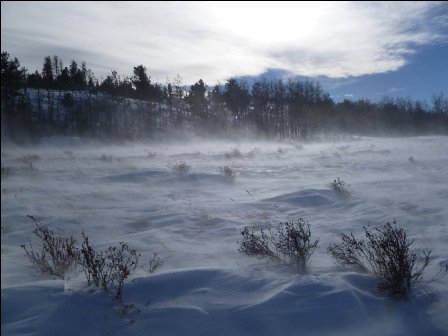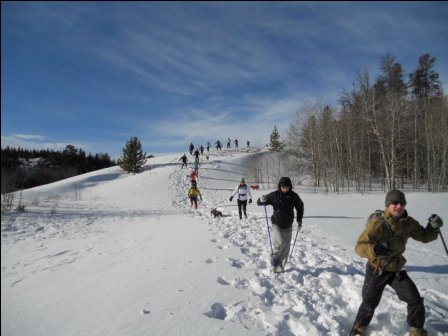24/7 Superhero Obstacle Course Challenge Trail Race
Monday, October 3rd, 2011Our Serious Running friend Brian Ansley tells about the Superhero Obstacle Course Challenge. Even though Brian is a real life superhero, you can be a regular human and still enjoy this race. He says:
I had a lot of my mind as I pulle d out of my motel in Dripping Springs, Texas around 6:15 AM to make way to the Flat Creek Crossing Ranch. This morning I was going to be competition in the obstacles that have made this unique race. My heat wasn’t set to start until 8 AM, but I was scheduled to do an interview with the videographer at 7 (I’m famous). I made my way down the dark and winding roads of the Texas Hill country, concentrating on the race that was ahead of me. I thought of the 7 miles of rocky terrain and the 24 obstacles that I must conquer. In spite of what I had on my mind, I couldn’t help but smile. A familiar smile I get every morning before a race. It was race day and I was ready.
d out of my motel in Dripping Springs, Texas around 6:15 AM to make way to the Flat Creek Crossing Ranch. This morning I was going to be competition in the obstacles that have made this unique race. My heat wasn’t set to start until 8 AM, but I was scheduled to do an interview with the videographer at 7 (I’m famous). I made my way down the dark and winding roads of the Texas Hill country, concentrating on the race that was ahead of me. I thought of the 7 miles of rocky terrain and the 24 obstacles that I must conquer. In spite of what I had on my mind, I couldn’t help but smile. A familiar smile I get every morning before a race. It was race day and I was ready.
When I arrived at the ranch I received my race packet and linked up with the videographer. During the interview the main thing I tried to stress is the camaraderie and positive environment at the race venues. I can recall battling out that last few miles of a tough trail race with a fellow runner, a total stranger, but hugging him at the finish line as sign of respect for their talent and determination. I played a lot of sports growing up, but none of them have given me the satisfaction of running or endurance racing. Once I finished the interview I had about 30 minutes to relax and watch the sunrise from behind the hills. It was perfect.
I trotted up the hill to the start line about 10 minutes before the race. I assessed some of my competition and then listened to the race director’s last minute instructions about course markings. The next thing I knew the race had started! I noticed right off that bat that this race was technical. I have done several trail races, but never with terrain this rocky. The elevation shifts were remarkable as well. The inclines were exceptionally rugged, and it took a lot of focus to make it up with speed. The declines were just as rough. You had to make sure your feet were set on the way down in order to maintain your stability. In other words, this was not your typical Piney Woods trail!
I made my way out to an open field to complete a sandbag carry, traverse a wall, and a few other obstacles. Th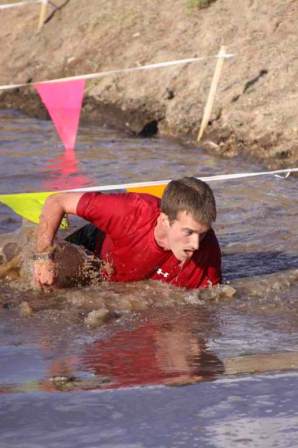 e trail then took me back into the canyon to the tire flip, boulder hop, and then the creek crossing obstacles. I made the vertical climb out of the canyon and back on the rugged trail again. The remainder of the trail seemed to be a steady vertical rise at this point. With approximately three miles to go in the race, I decided to turn up the pace. I completed the wall jump and sprinted my way down the trail. I could hear the cheering and the announcer. I continued to accelerate my way through the trail. I threw myself under one last low crawl obstacle and then rushed up the muddy hill to slide into the Muddy Mayhem obstacle. I low crawled through the muddy water as the crowd cheered and race as hard as I could to the finish line. The race was complete and there was a medal being placed around my neck. I felt the familiar smile returning to my face.
e trail then took me back into the canyon to the tire flip, boulder hop, and then the creek crossing obstacles. I made the vertical climb out of the canyon and back on the rugged trail again. The remainder of the trail seemed to be a steady vertical rise at this point. With approximately three miles to go in the race, I decided to turn up the pace. I completed the wall jump and sprinted my way down the trail. I could hear the cheering and the announcer. I continued to accelerate my way through the trail. I threw myself under one last low crawl obstacle and then rushed up the muddy hill to slide into the Muddy Mayhem obstacle. I low crawled through the muddy water as the crowd cheered and race as hard as I could to the finish line. The race was complete and there was a medal being placed around my neck. I felt the familiar smile returning to my face.
I waited at the top of the hill for the guy that was behind me to finish. We ran together for a couple of miles, completed a few obstacles together, and did the creek crossing. We congratulated each other and shook hands. We both thanked each other as well. This is the type of unity that races like 24/7 Superhero Obstacle Course Challenge brings to communities. As a Veteran, this is something that I miss. Racing is definitely something that fulfills that desire that I no longer have with my brothers in arms. Of course I will always have that brotherhood with my fellow paratroopers. I have found racing to be such a pleasurable experience. Thank you Rafael Trinidad for giving me the opportunity to run in your outstanding race.
I had the pleasure of meeting Rafael “Trini” Trinidad, the founder of the 24/7 Superhero Obstacle Course Challenge. Rafael is from San Antonio and is a member of the San Antonio Police Department and SWAT team. No wonder he knows how to make obstacles and endurance races! The 24/7 Superhero Obstacle Course Challenge is run within Rafael’s family. I asked him about his goals with the race. He said, “I would eventually like to expand. I would like to try and take the race to Houston and Dallas.” I told him Houston and Dallas probably couldn’t handle a race like this. Maybe he’ll give you a chance see in the future! The charity that the races raises money for is Kidd’s Kids. This is a fantastic organization that helps raise money for the terminally and chronically ill children. Rafael will also be hosting the Superhero Run in San Antonio at the beginning of 2012. He said, “The main goal is to promote fitness and fun.” It will consist of a 10k, 5k, and 1k even for the kids. Keep checking the 24/7 Superhero Obstacle Course Challenge Facebook page for more updates on this event, or go to kiddskids to rally round an excellent cause.



